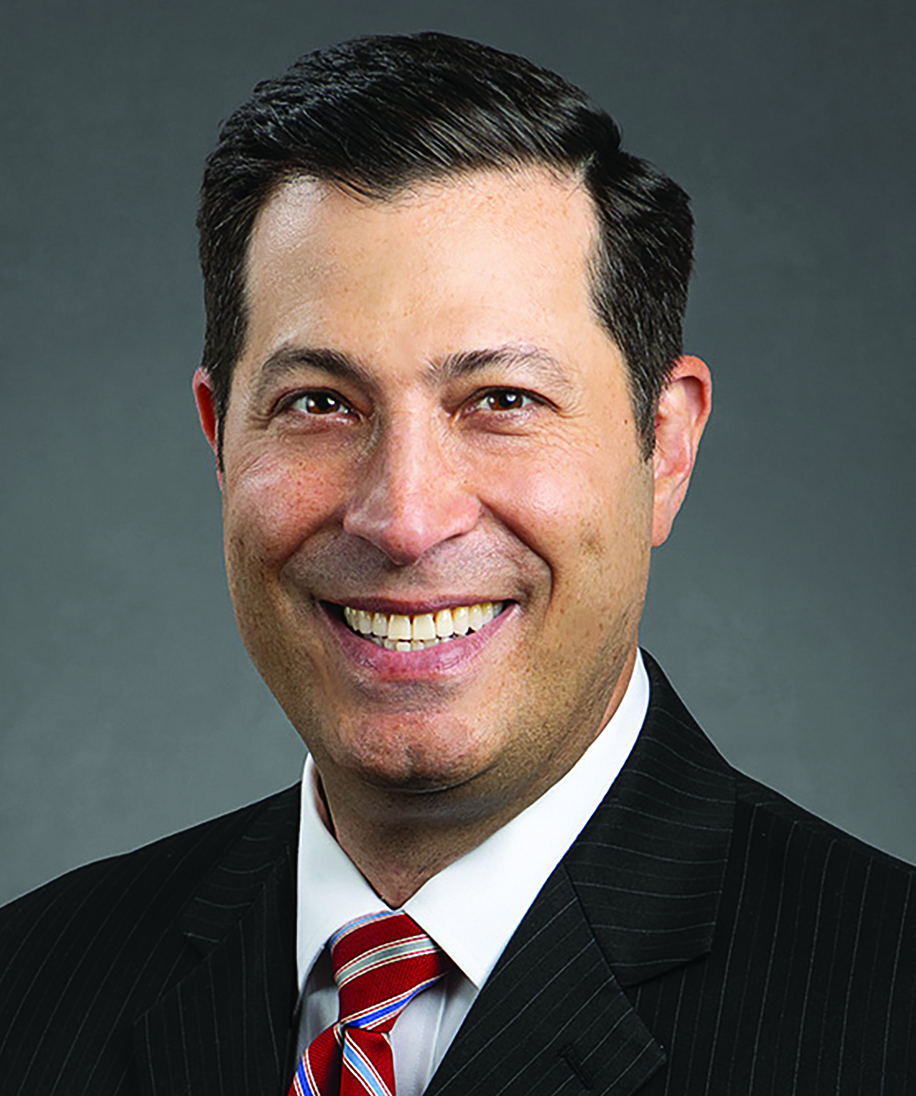Client Alert
President Biden Issues Executive Order on Artificial Intelligence: Impact on Employers
November 09, 2023
By Dan Richards,Kenneth W. Gage,Marc E. Bernstein
and Matthew Savage Aibel
As our colleagues recently discussed, on October 30, 2023, President Biden signed a sweeping Executive Order regarding the Safe, Secure, and Trustworthy Development and Use of Artificial Intelligence (the “EO”). The EO directs federal agencies to take a variety of actions, including soliciting studies and promulgating rules regarding the uses and impacts of artificial intelligence (“AI”). The EO demonstrates the Biden Administration’s goal of regulating AI in response to its rapidly evolving use and capability. The EO’s announcement comes on the heels of another executive order concerning strengthening racial equity, which included prohibiting any sort of algorithmic discrimination.
In the EO, President Biden acknowledges that, because AI “creates new jobs and industries, all workers need a seat at the table, including through collective bargaining, to ensure that they benefit from these opportunities.” President Biden is also concerned that AI may be used “in ways that undermine rights, worsen job quality, encourage undue worker surveillance, lessen market competition, introduce new health and safety risks, or cause harmful labor-force disruptions.” Thus, a fact sheet accompanying the EO says that the EO addresses these issues to “benefit workers by providing guidance to prevent employers from undercompensating workers, evaluating job applications unfairly, or impinging on workers’ ability to organize.” Accordingly, the EO is designed to “ensure that AI complies with all federal laws and to promote robust technical evaluations, careful oversight, engagement with affected communities, and rigorous regulation.”
The EO’s Direction to the Secretary of Labor
To carry out the Biden Administration’s goals, the EO directs the U.S. Secretary of Labor to publish principles and best practices for employers that could mitigate AI’s potential harms to employees and maximize its benefits. Likewise, it asks the heads of agencies to consider these principles and best practices and encourages the agency heads to adopt them in their programs. The principles and best practices will cover:
- job-displacement risks and career opportunities related to AI, including effects on job skills and evaluation of applicants and workers;
- labor standards and job quality, including issues related to the equity, protected-activity, compensation, health, and safety implications of AI in the workplace; and
- implications for workers from employers’ AI-related collection and use of data about them, including transparency, engagement, management, and activity protected under worker-protection laws.
The EO further directs the Labor Secretary to issue guidance making clear that employers using AI to monitor or augment employees’ work must continue to ensure workers are compensated for their hours worked under the Fair Labor Standards Act.
Additionally, within one year, the Labor Secretary must publish guidance for federal contractors regarding nondiscrimination in hiring involving AI and other technology-based hiring systems. This dovetails with the Office of Federal Contractor Compliance Programs’ recent change to its standard audit letter, which now requests from federal contractors “information and documentation of policies, practices, or systems used to recruit, screen, and hire, including the use of artificial intelligence, algorithms, automated systems or other technology-based selection procedures.”
Further, the Labor Secretary must submit a report analyzing the abilities of agencies to support workers who are displaced by the adoption of AI and other technological advancements.
The EO’s Direction to the Attorney General
The EO also contains direction for the U.S. Attorney General’s office. In particular, the Attorney General must coordinate with and support agencies in implementing and enforcing existing federal laws to address civil rights and civil liberties violations and discrimination related to AI. This is no surprise in view of a joint statement that several federal agencies issued in April, which pledged to use their “collective authorities to protect individuals’ rights regardless of whether legal violations occur through traditional means or advanced technologies.”
The EO requires the Assistant Attorney General to convene a meeting of the heads of federal civil rights offices to discuss (i) preventing and addressing discrimination in the use of automated systems, including algorithmic discrimination, (ii) increasing coordination between the Department of Justice’s Civil Rights Division and federal civil rights offices concerning AI issues and algorithmic discrimination, (iii) improving external stakeholder engagement to promote public awareness of potential discrimination uses and effects of AI, and (iv) developing additional training, technical assistance, guidance, or other resources.
Finally, the EO asks the Attorney General to consider providing guidance, technical assistance, and training to state, local, tribal, and territorial investigators and prosecutors on best practices for investigating and prosecuting civil rights violations and discrimination related to automated systems, including AI.
Looking Forward
Employers can expect the Attorney General’s office and the Department of Labor to issue guidance and regulations that will impact employers. As we have previously reported, the EEOC is ahead of the curve on some of these topics, including having already issued guidance on how employers using AI can comply with Title VII of the Civil Rights Act of 1964 and the Americans with Disabilities Act. The EEOC has also expressed that its strategic enforcement priorities over the next five years will include investigating and remediating employers’ discriminatory use of AI. Accordingly, more regulation is on the horizon, and employers should review their own use of AI and consult with outside counsel as necessary.
Contributors


